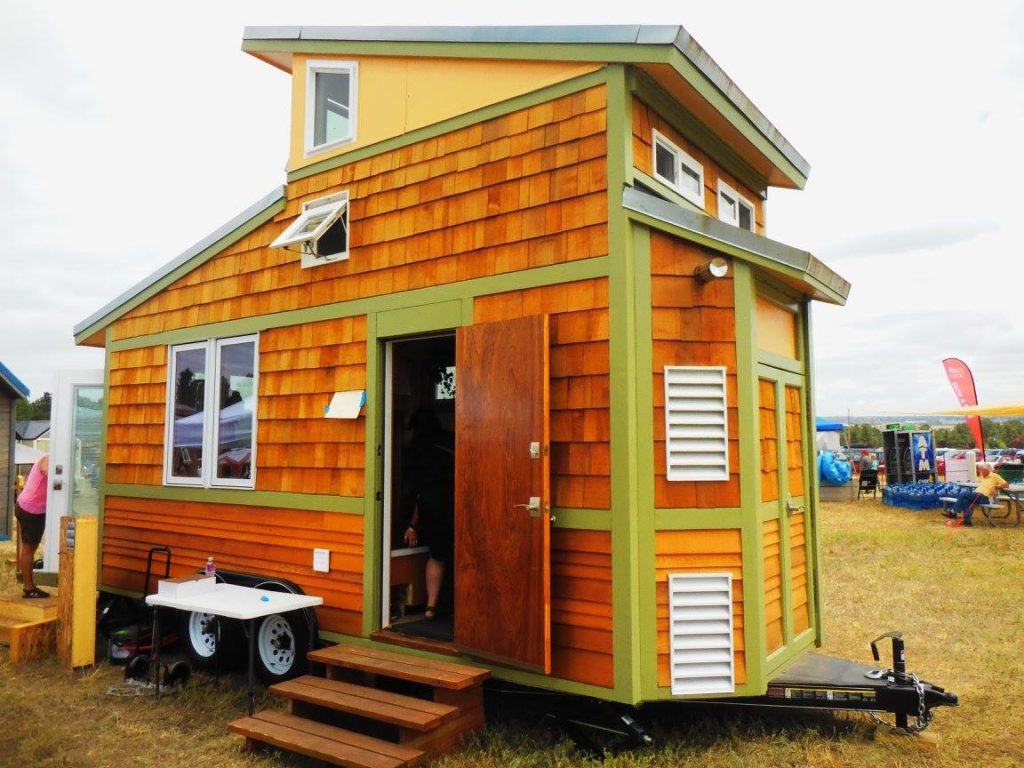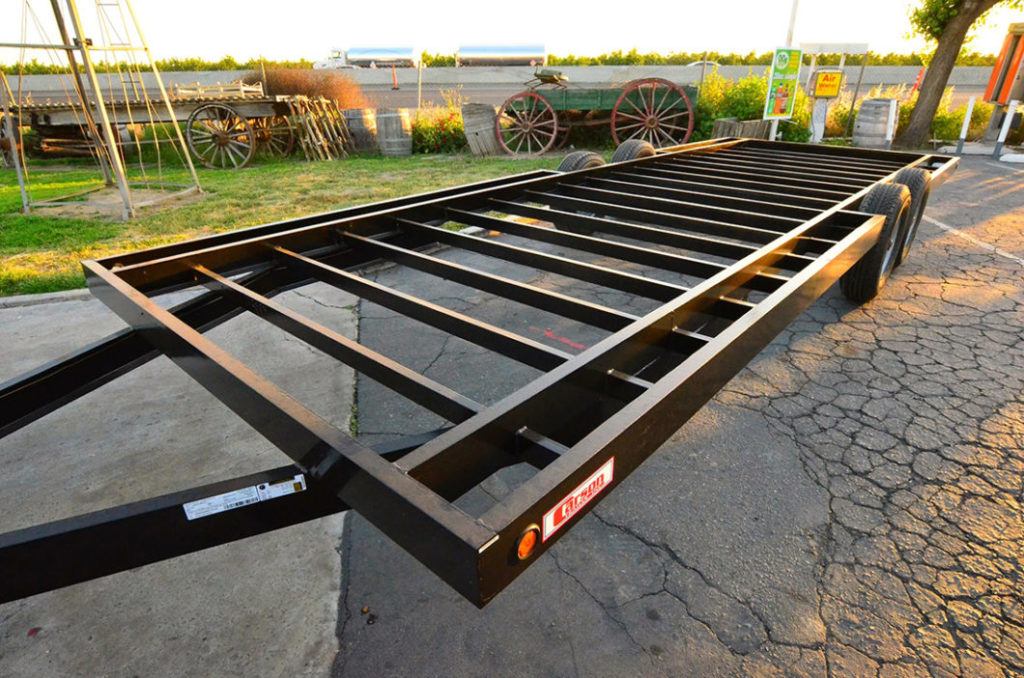Acronyms are prevalent in our everyday speech. From AWOL to IDK, these compacted words and phrases are handy time-savers, but sometimes have us running to our phones to look them up. If you foray into the tiny house world with your own build or purchase, you’ll come across many acronyms that could leave you scratching your head. This list covers some of the most common acronyms you will see on tiny house floor plans, blog posts and other documentation. Of course, if you feel we’ve missed anything add your own in the comments below. TTFN!
The tiny house movement has its own set of acronyms.

ATHA: American Tiny House Association
Even in this new industry, ATHA is a well-established organization that aims to gather and provide information regarding the building and safety of tiny houses. The organization also networks and cooperates with related government agencies, educational institutions and development organizations.
ADU: Accessory Dwelling Unit
An ADU is a second dwelling unit created on a lot with a house, attached house or manufactured home. The second unit is created auxiliary to, and is smaller than, the main dwelling. Many cities across the U.S. are amending building codes to either accommodate or reject ADUs.
BTU: British Thermal Unit
A measurement of heat that is the quantity required to raise the temperature of one pound of water 1 degree F. Air conditioners and furnaces are BTU-rated.
CNC: Computer Numerical Control
CNC machining is a process used in the manufacturing sector that involves the use of computers to control machine tools. Tools that can be controlled include lathes, mills, routers and grinders. CNC can be used to create everything from furniture and cabinets to even a computer generated tiny house.
DHWH (HWH): Domestic Hot Water Heater
Some house plans will show the abbreviated version of a hot water heater as DHWH.
DOT: Department of Transportation
If you are building a THOW (see below), any trailer you use must meet Department of Transportation guidelines in the state in which the tiny house is registered.
DSI: Direct Spark Ignition
Many tiny houses use propane to run heaters and other appliances. DSI is the method of igniting the main burner on a propane fired appliance which is then monitored by an electric circuit board.
FWT: Fresh water tank
Some tiny house owners want to go entirely off-grid and don’t intend to have access to FHU (full hookups) at campgrounds or mobile home park. Instead they install a fresh water tank to store the home’s water supply. These are common with traditional RVs.
The GVWR of a trailer is maximum weight the axles and/or the tires can carry.

GVWR: Gross Vehicle Weight Rating
When building a THOW, care must be taken to ensure that the trailer can take the weight of the entire home and its contents. GVWR is the maximum weight that the axles and/or the tires of the trailer will carry. Andrew Odom of Tiny r(E)volution covers GVWR and other trailer weight considerations in this great post.
HVAC: Heating, ventilation and air conditioning
For tiny house purposes, HVAC stands for the technology of indoor health and safety. An entire tiny house’s HVAC system has to take into consideration temperature, humidity and utilizing fresh air from outdoors.
HOA: Homeowner association
Homeowner associations (HOA) are formed by planned communities with single-family homes or multiple unit or condominiums. An HOA is typically established to make and enforce rules regarding the properties within the jurisdiction. In general, tiny houses are not accepted into an HOA community.
LED: light emitting diode
Many builders are forgoing the traditional incandescent light source with an LED. The advantages of LED include energy consumption, longer lifetime, improved physical robustness, smaller size, and faster switching.
LEED: Leadership in Energy and Environmental Design
LEED for Homes is the residential green building program and certification from the United States Green Building Council (USGBC). According to the Council LEED homes are built to be healthy, providing clean indoor air and incorporating safe building materials to ensure a comfortable home.
PV: Photovoltaic
A tiny house PV system uses solar panels, each comprising a number of solar cells, which generate electrical power. PV installations may be ground-mounted, rooftop mounted or wall mounted. Batteries are often used in PV systems for the purpose of storing energy produced by the PV array during the day, and to supply it during the night and periods of cloudy weather.
PDW: Pre-drywall
Drywall can cover a multitude of building sins. This term is used to refer to the inspections (by the owner or an official building inspector) of the house framing, HVAC and electrical before insulation and drywall is installed.
RVIA: Recreational Vehicle Industry Association
The RVIA is an organization that exists to promote the industry of recreational vehicles as well as adopt and enforce safety standards for participating RV manufacturers. Some tiny home builders seek RVIA certification for homes that are intended to be regularly towed. Greg Parham of Rocky Mountain Tiny Houses has an informative blog post on this issue.
SIPs are used to quickly construct a tiny house frame.

SIP: Structural Insulted Panel
Many traditional and tiny homes are being built with SIPs. SIPs are a building system that consist of an insulating foam core sandwiched between two structural facings, typically oriented strand board (OSB). SIPs are manufactured under factory controlled conditions and can be fabricated to fit nearly any building design.
THOW: Tiny House on Wheels
Tiny houses range from campers and RVs to tree houses and yurts, but the most widely known tiny house is the THOW. A THOW can be regularly moved to different sites or can remain stationary. The benefit of a THOW is that it is licensed as an RV rather than a house on a foundation.
W/E/S: Water/Electric/Sewer
While this looks like a concise building term, it actually refers to a campsite that contains all said amenities. A campsite or mobile home park with W/E/S is a highly coveted spot for a tiny house owner.
W/D: Washer/Dryer
A nice amenity for any tiny house. Sometimes they can be installed, sometimes there’s just not enough room.
Featured photo by American Tiny House Association
By Christina Nellemann for the [Tiny House Blog]
